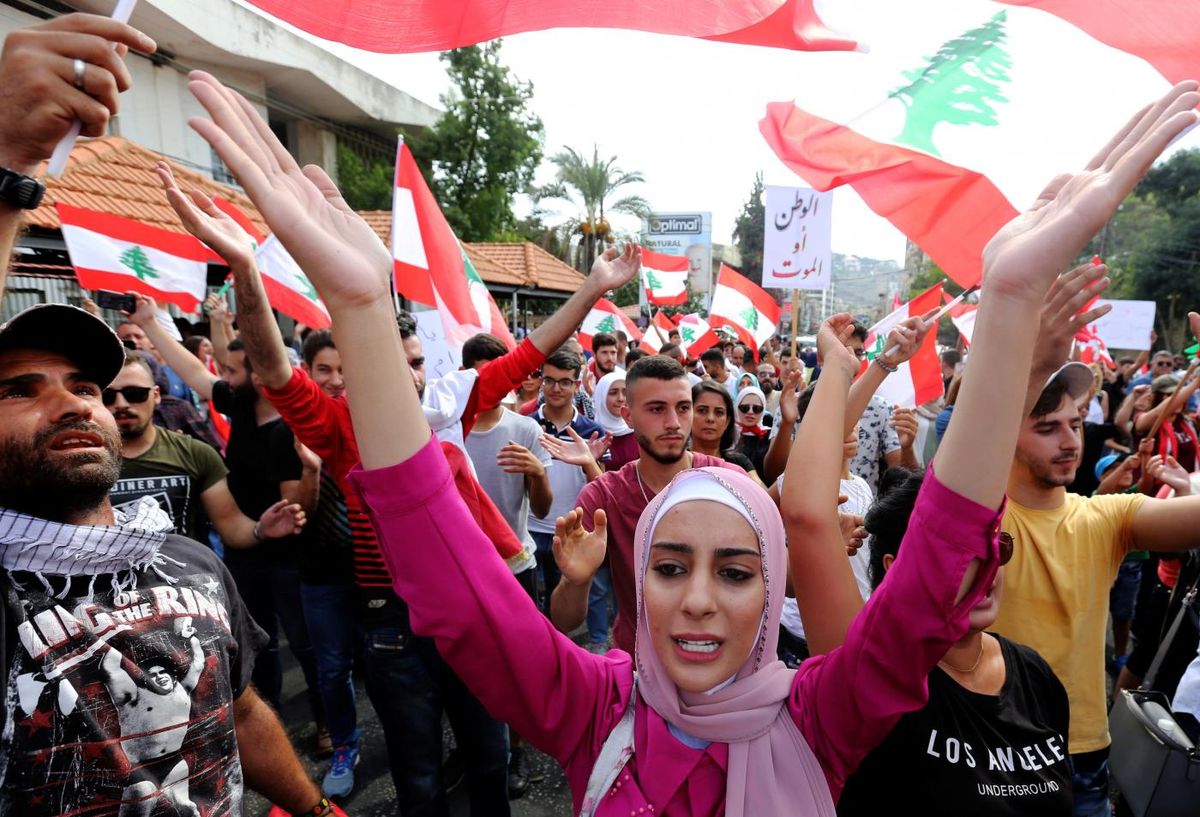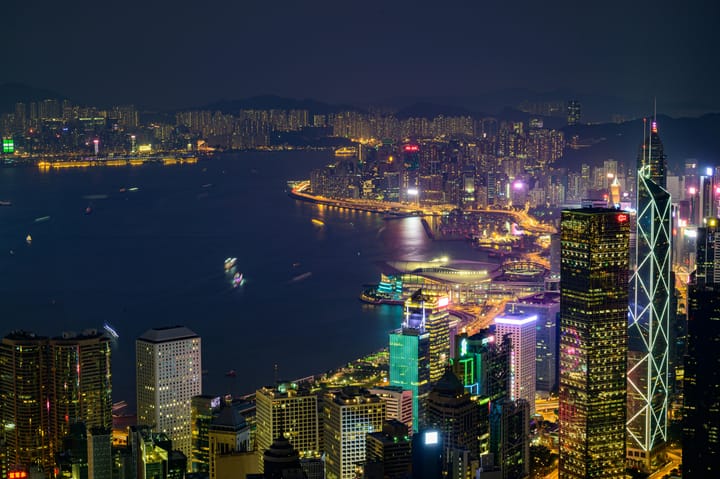Almost 400 injured in Lebanon protests as clashes continue

A few minutes every morning is all you need.
Stay up to date on the world's Headlines and Human Stories. It's fun, it's factual, it's fluff-free.
Police in Lebanon have fired water cannons, rubber bullets and tear gas on Sunday, January 19 in an attempt to disperse large crowds of protesters in the country’s capital Beirut, on the second day of street demonstrations.
At least 377 people were injured in the clashes with more than 120 others requiring hospital treatment, according to the Lebanese Red Cross (LRC) and the Lebanese Civil Defense (LCD). Parliament guards also reportedly set fire to protesters’ tents in Martyrs’ Square in downtown Beirut.
Worsening economy
This is the worst spat of violence since unrest flared up in October 2019 over frustration regarding financial strains that have sunk the currency, hiked prices and driven banks to impose capital controls.
The country’s National News Agency (NNA) reports that demonstrators vandalized financial office buildings in central Beirut. Nearly 300 banks and automated teller machines (ATMs) were targeted in the nationwide protests.
Lebanon had seen one of the worst economic crises unfold as it became the world’s third most indebted nation, with a 152% debt-to-GDP ratio in October 2019.
Protesters were seen breaking windows, throwing stones at the headquarters of the Association of Banks in Lebanon (ABL). Hundreds were chanting “revolution” as they gathered in Beirut, blocking major street intersections. Protesters attempted to scale barbed wire fencing to push through heavily barricaded parts of central Beirut that include parliament.
Political unrest since Hariri’s forced exit
Lebanon has yet to form a government or economic contingency plan after its Prime Minister Saad Hariri was forced to resign in October last year. Hariri has called on Lebanese politicians to swiftly form a government to calm the situation.
“There is a way to calm the popular storm. Stop wasting time, form a government, and open the door for political and economic solutions. The army, security forces, and protesters remain in a state of confrontation … a turnover in the problem, not a solution,” Hariri tweeted in Arabic on January 19.
He also expressed his concern for those injured in the protests and noted that he is praying for their recovery.
Following Hariri’s departure, Lebanese President Michel Aoun conducted formal consultations with members of parliament and named former Education Minister Hassan Diab as the new prime minister on December 19. Diab had been nominated by the region’s Shia Muslim factions, Hezbollah, Amal and the Maronite Christian Free Patriotic Movement (FPM), but did not receive backing from his own Sunni community.
[article_ad]




Comments ()